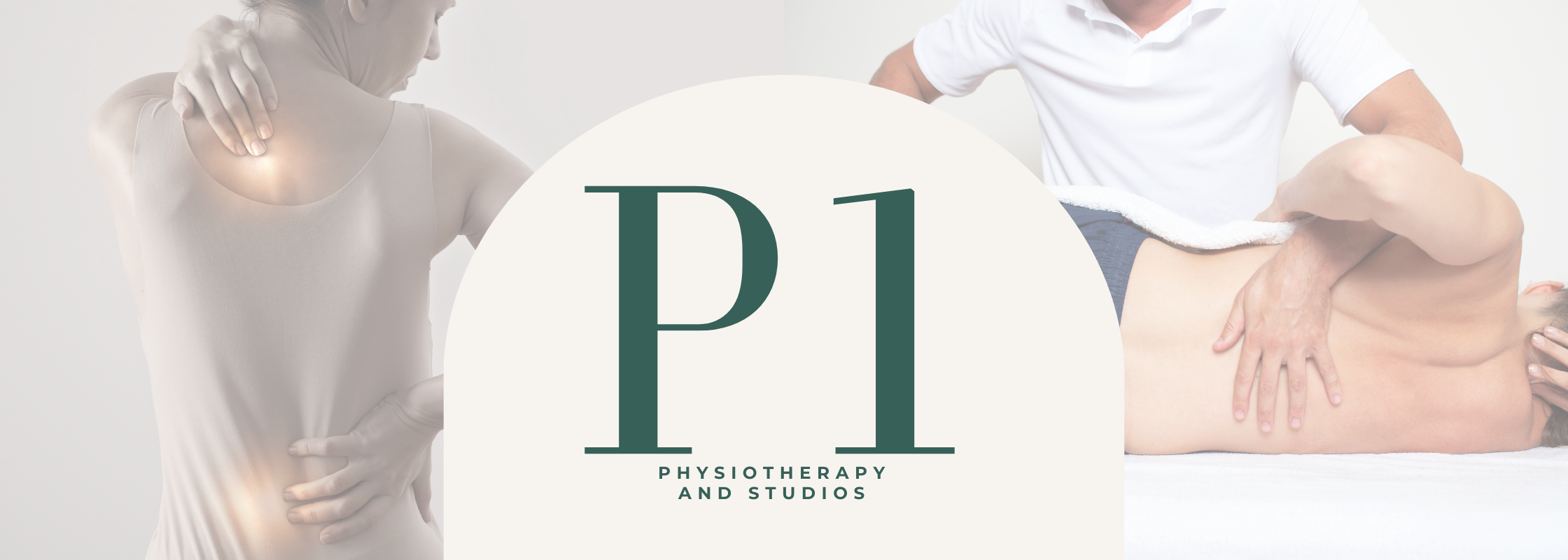Patellogemoral Pain Syndrome (PFPS) - more than just knee pain?
A painful knee can have huge effects on your life if notdealt with. As a physiotherapy clinic, PFPS is something we deal with commonly. But what is it, other than a mouthful and a painful knee and what does it mean if you’ve been diagnosed with it?
What is it?
‘Patella’ is the medical term for your kneecap. It lies within a group of tendons that hold it in place over your knee. The patella is backed with smooth cartilage that help it glide over your femur when you straighten your leg. PFPS occurs when the kneecap misaligns or sometimes when the cartilage is damaged, through softening or wear and tear or when. Damage can range from only slight to severe but luckily with treatment it can usually be dealt with easily.
What are the causes and symptoms?
Commonly, this type of knee injury affects otherwise healthy athletes and sports players (most commonly women) who run, jump, squat and actively use their knees, although it can affect people who are not involved in sports.
It is most commonly caused by muscle imbalance (weakness of some muscles and tightness of others). Misalignment issues, such as the kneecap being slightly out of place can result in it rubbing (causing damage to the cartilage).
Although the symptoms are similar to almost all knee conditions, spotting them early means you can get to a doctor for a full diagnosis or to find out if there is another reason for the pain. Look out for:
-
Pain around the knee, usually located at the front or behind the kneecap. The pain is typically worse when using stairs and can be brought on by extending periods of sitting down.
-
A grating or grinding feeling or noise when bending the knee.
-
Fluid swelling around the knee joint.
